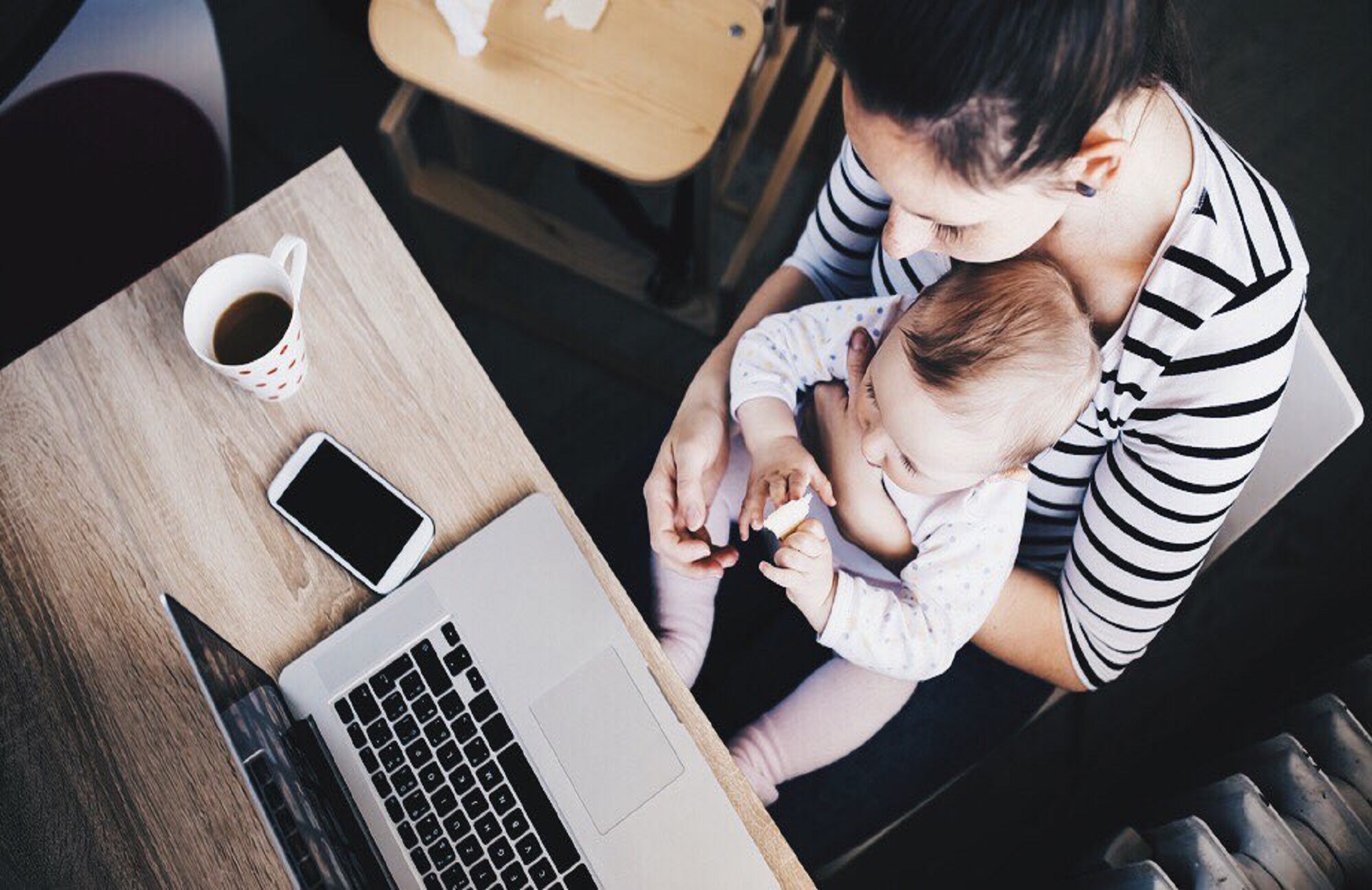Marketing consultants teach us to avoid fake influencers. The internet is full of practical recommendations on how to spot these — a quick Google search query will lead you to over 20 million links devoted to this issue. And a mistake in recognizing a fake influencer will supposedly cost your business a lot: some top influencers are reported to charge $20,000 per post.
But are fake influencers actually that damaging? And who exactly are these people?
Fake influencers are those who buy followers, likes and/or comments for their posts. In the recent survey by PMYB, 63% of social media influencers confessed resorting to such practices at some point. With this figure in mind, think of how many influencers may do this — but simply won’t admit to it!
An individual can be considered a “fake influencer” if more than 50% of his or her followership and audience engagement is fake. But these ratios are not easy to determine. Although there are many services that promise exactly that and come up with something like “82% real people, 18% suspicious accounts” when fed a link to an Instagram page, those are still estimates based on a range of social media activity indicators.
In fact, the blogger may have many more fake followers or many less; you can never really be too sure. Which makes the distinction between true and fake influencers subtle; it’s more a matter of judgment than fact.
Does that mean that fake influencers can still generate sales?
Yes, actually — they can. But only if your product is a perfect match for the real people following them.
It actually works the same way with true influencers. It’s estimated that businesses get $6.5 in sales per each dollar they pay to influencers, but the bulk of this money goes to those who hit a perfect match between their product and the blogger’s audience. Others are likely to end up with zero sales, however much they paid for the post — and however real those followers are. Although it may be tempting to blame them, the reality is fake followers are not the cause of your bad sales (at least, not as much as you think they are).
The real problem? Lack of influencer research.
A blogger may have 100,000 real followers, but only a few of them will take interest in your product. Another may be read or watched by only 1,000, and yet a full 200 will buy from you once they see their ad. Influencer marketing today is not about numbers (if it ever was). It is about fit.
Influencer marketing may just not be right for you or your brand. If you sell something outside mainstream industries (e.g. products other than trendy clothing or tickets to pop star concerts), your target audience is inherently narrow. It might form only 1% or even 0.1% of a top influencer’s living audience. Thus, 99% of the money you pay for a post will go down the drain.
Niche brands should better stay away from influencers with large numbers of followers, regardless of how fake those are. A product promoted on such pages is perceived as less unique and more mainstream, and therefore might actually fail to engage its target audience.
At the same time, products with a broad appeal can still benefit from being presented by a top influencer even if many of his/her followers are fake. The argument that living people go after big numbers does have some truth to it. There is evidence that bloggers with greater follower bases are perceived as more likeable and sometimes even more trustworthy.
No special effort is needed to avoid fake influencers; simply carry out thorough research and select the most fitting influencer for your product or service. This will help to ensure that you do not waste your money or get scammed.
There is, however, some good news: with the existence of fake influencers and bot followers on nearly everybody’s radar, it wasn’t going to be long before Instagram attempted to do something about it. On July 31st, 2018, Instagram released a new update removing the option to automatically follow/unfollow other accounts or leave basic comments. These are the techniques on which 90% of botting networks rely. On December 11th, 2018, automated liking will be disabled as well.
So, from very early 2019, Instagrammers will have to rely on whatever genuine fan bases they have, with hardly any opportunities to boost their numbers, and you’ll be able to see at once how high they stand without needing to name-check on sites that claim to detect fake influencers.
Other social networks will probably follow Instagram’s example, opening an era of greater transparency between brands and content creators. If you do your research well, that will be a good thing for everyone: it moves us closer to a world where authenticity and community are rewarded, among businesses and consumers alike.
Anna Clarke is the owner of online writing company 15 Writers. She is a successful entrepreneur with over 20 years’ experience in both freelancing and academic writing industries, specializing in Business, Economics, Finance, Marketing and Management.







